In this vocabulary lesson, I have compiled names of different parts of a house with pictures to help you memorise them.
1. Parts of a house
1.1 Essential parts of a house
A house has different parts. Each of them has a special use. The roof keeps us dry when it rains. Walls keep us safe and warm. The door lets us go in and out of the house. The windows bring in light and air. The floor is where we walk.
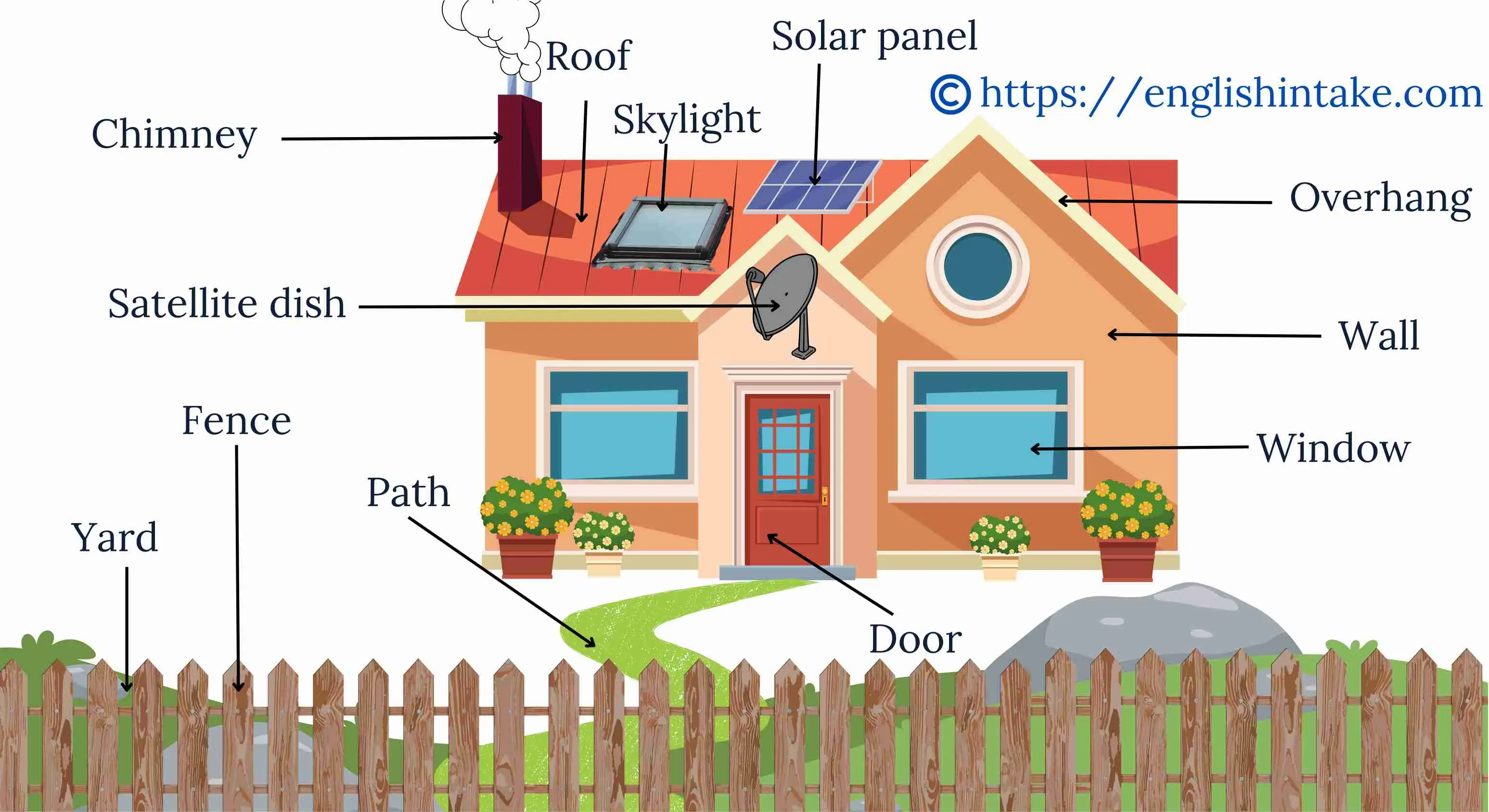
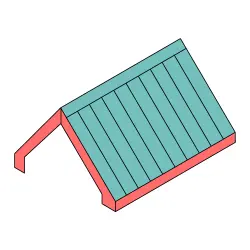
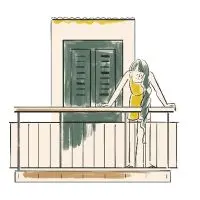
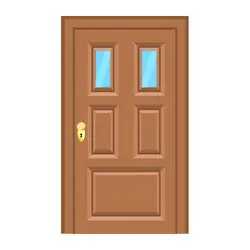
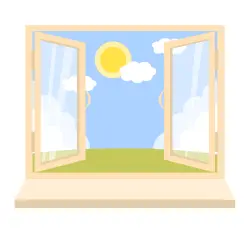
How big is your house? How many rooms does it have? How many people live in the house? Tell your speaking partner more about it.
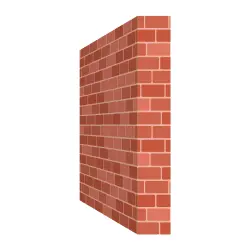


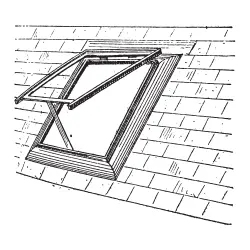
A skylight is a window built into the roof a building. It lets natural light come in from above and makes a room brighter during the day.


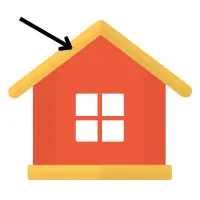
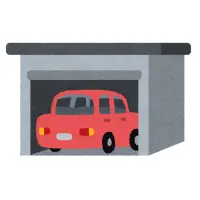
A chimney allows smoke, heat, and gases to escape from a fireplace, stove, or furnace. It keeps the indoor air clean and safe by directing smoke outside.
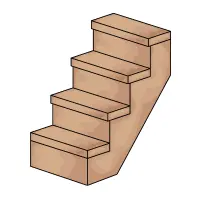


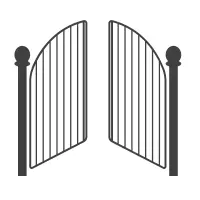
Bricks are made from clay. We use them to build walls and other parts of a building. Not all houses are built with bricks. Some are made with wood, stone, concrete, or other materials, depending on the climate, style, and local resources.
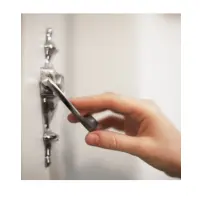

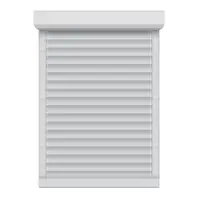

1.2 Rooms in a house
A house has different rooms. Each room has a special use. We sleep in the bedroom, cook in the kitchen, and take a shower in the bathroom. How many rooms does your house have?


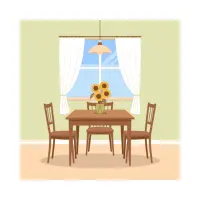

People use the living room to relax and welcome guests. Bedrooms are for sleeping; the dining room is for eating. Children may have a special room to sleep and play.
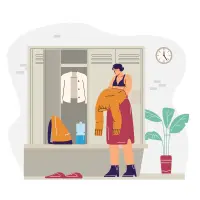
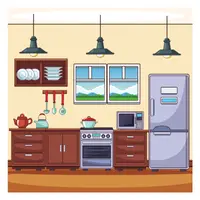


2. Furniture and objects in a house
2.1 Names of furniture
Furniture includes many items that we use in our homes and offices. In this section, we will explore the names of furniture you might find in different spaces.
Furniture is an uncountable noun. Therefore, we say 'pieces of furniture' when we refer to more than one items.
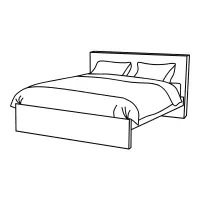

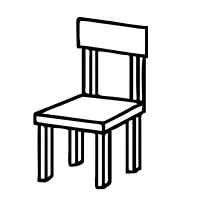
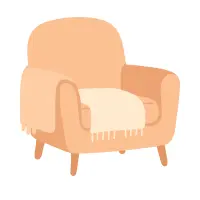
A closet is mainly American English. It is a built-in storage space, especially for clothes. A cupboard is more common in British English. It refers to a storage unit with one or more doors, and usually has shelves. In the UK, clothes storage is usually called a wardrobe.

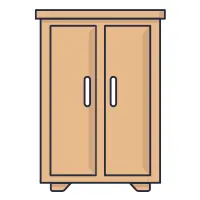
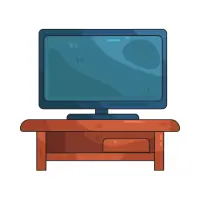

Couch and sofa are used interchangeably. Historically, a sofa is a long upholstered seat with arms and a back, while a couch originally referred to a piece for lying down.
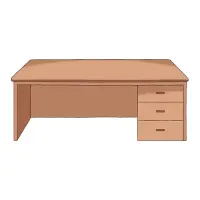

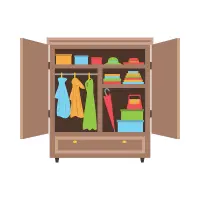

A patio table is an outdoor furniture. People use them in gardens, balconies, or terraces. They are made from weather-resistant materials.

2.2 Floor coverings

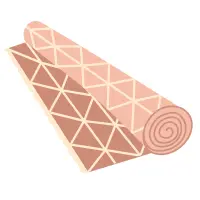
2.3 Bedroom items
We use different items in our bedrooms to make us comfortable. Let’s learn how they are called in English.
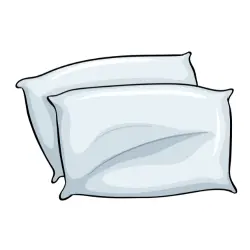


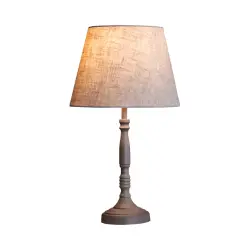
We use a bed sheet to cover a mattress. There are two types of bed sheets. Fitted sheets are designed with elastic edges that wrap tightly around the corners of the mattress. Flat sheets lie on top of the fitted sheet. People also use a mattress protector to keep the mattress clean, prevent stains, and protect against dust or allergies.


Now, write the name of the things you see in your bedroom.
2.4 Bathroom items
Bathroom items help us stay clean. We use them every day in our homes. For examples:
- We use towels to dry our body.
- We use soap to wash our hands and body.
- We use toothbrushes to clean our teeth.
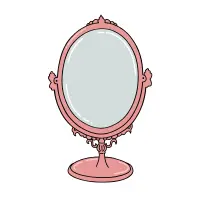


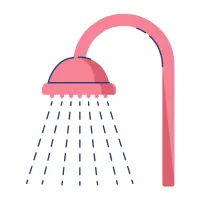
Do you prefer a shower or a bathtub? A short shower uses about 30 to 40 litres of water, but a bath can use 70 to 80 litres or more. If you want to save water, a shower is the better choice.




A mat is smaller than a carpet. A mat is usually placed near a door or in the bathroom. A carpet usually covers the whole floor of a room.


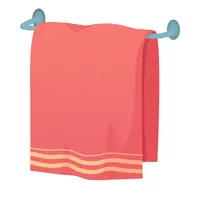
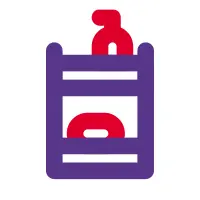
2.5 Other common objects in a house

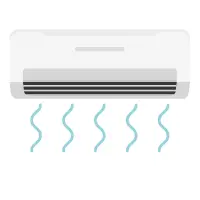
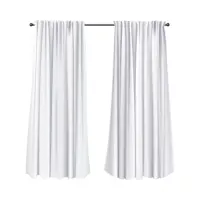

An air conditioner helps cool the air in a room when it is hot. It reduces humidity and makes the air comfortable. Some air conditioners can also heat the room in winter and clean the air with filters.
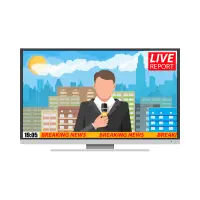
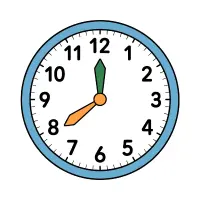


We use a ladder to reach high places. Before you climb up a ladder, make sure it is stable and safe to use.

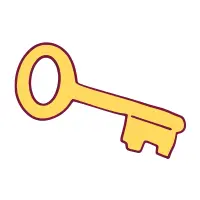

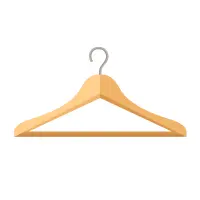
Each house should have a fire extinguisher to help stop small fires quickly before they grow. Everyone in the house should learn how to use it safely.
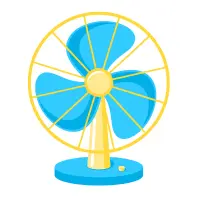
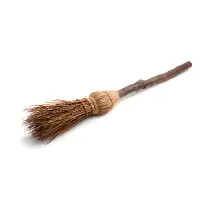
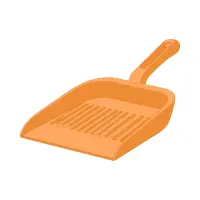
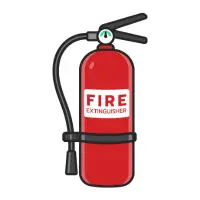
A fireplace is usually placed in the living room to keep the house warm in cold weather.
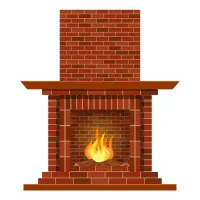
We have omitted certain vocabulary words about kitchen since we have already learned them in our previous lesson on names of kitchen utensils and tools.
